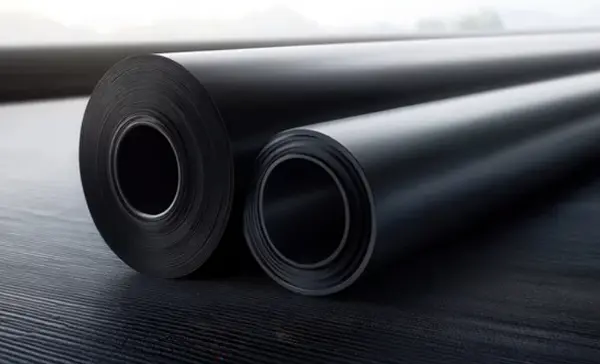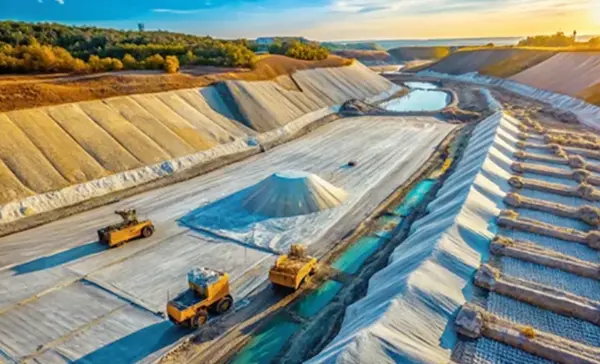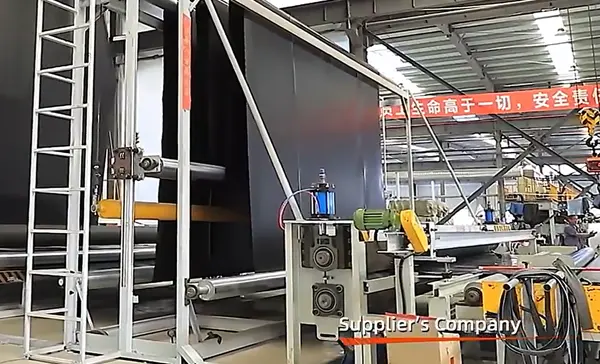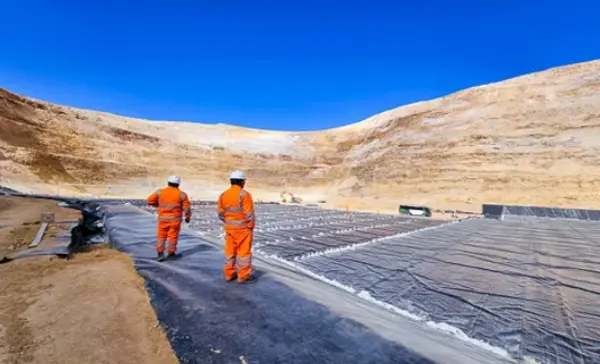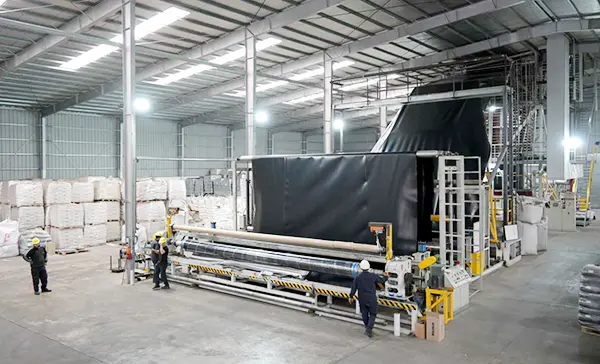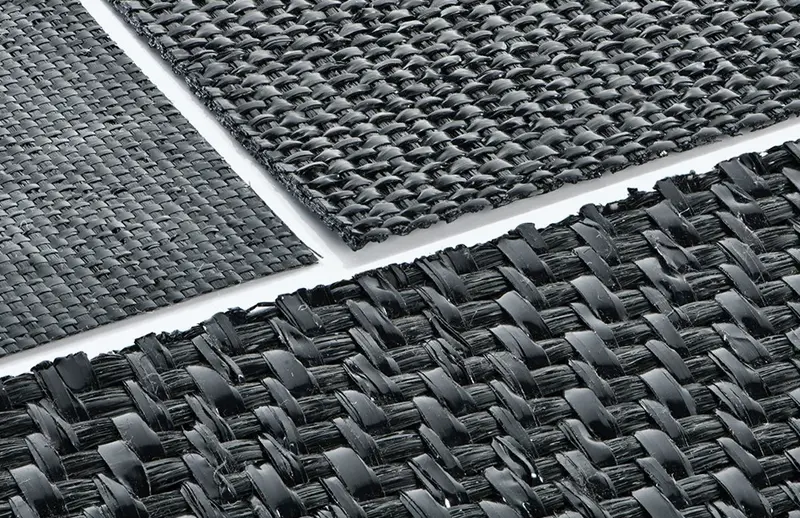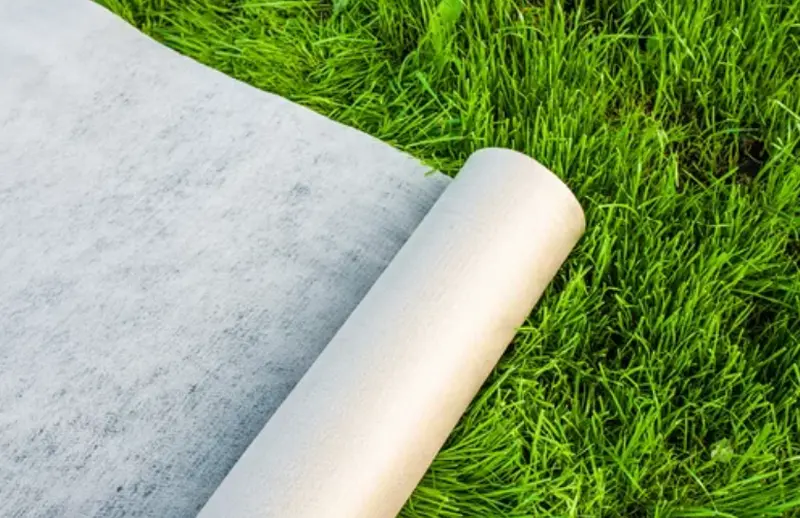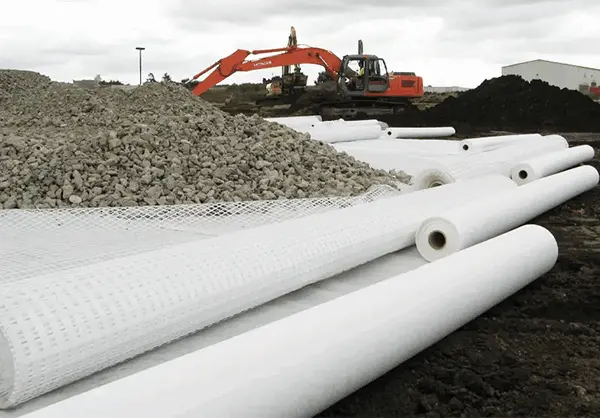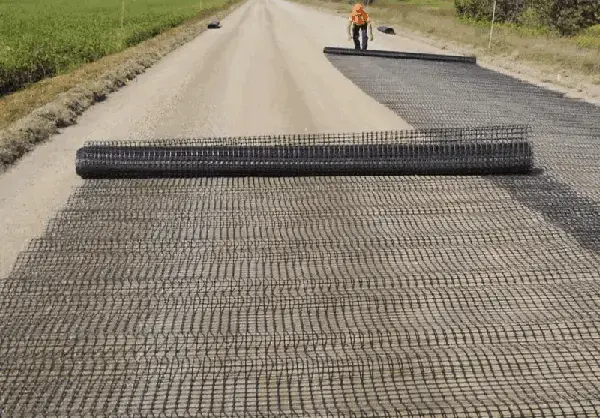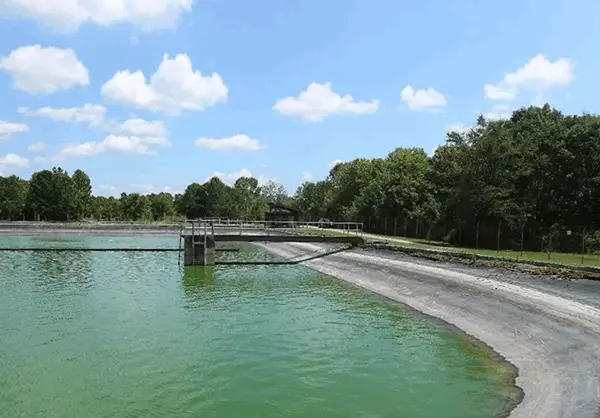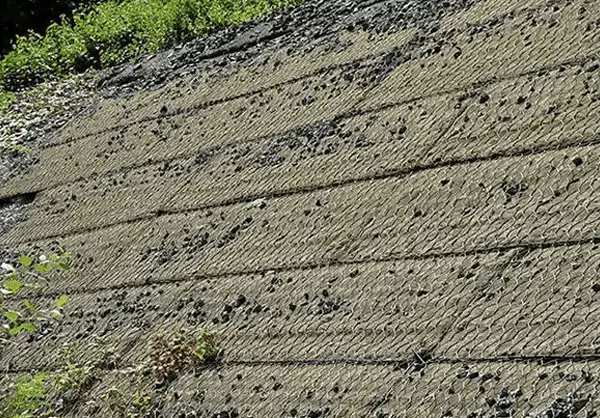The scope of geotextile in the engineering field is very vast. The application of geotextile is given under the heading of the nature of work.
1. Road Work
Geotextiles are widely used in the construction of the road. It reinforces the soil by adding tensile strength to it. It is used as a rapid de-watering layer in the roadbed, the geotextiles need to preserve its permeability without losing its separating functions.
2. Railway Works
The woven fabrics or the non-woven ones are used to separate the soil from the sub-soil without impeding the groundwater circulation where the ground is unstable. Enveloping individual layers with fabric prevents the material from wandering off sideways due to shocks and vibrations from running trains.
3. Agriculture
It is used for mud control. For the improvement of muddy paths and trails those used by cattle or light traffic, nonwoven fabrics are used and are folded by overlapping to include the pipe or a mass of grit.
4. Drainage
The use of geotextiles to filter the soil and a more or less single size granular material to transport water is increasingly seen as a technically and commercially viable alternative to the conventional systems. Geotextiles perform the filtering mechanism for drainages in earth dams, in roads and highways, in reservoirs, behind retaining walls, deep drainage trenches, and agriculture.
5. River, Canals and Coastal Works
Geotextiles protect river banks from erosion due to currents or lapping. When used in conjunction with natural or artificial enrockments, they act as a filter.

